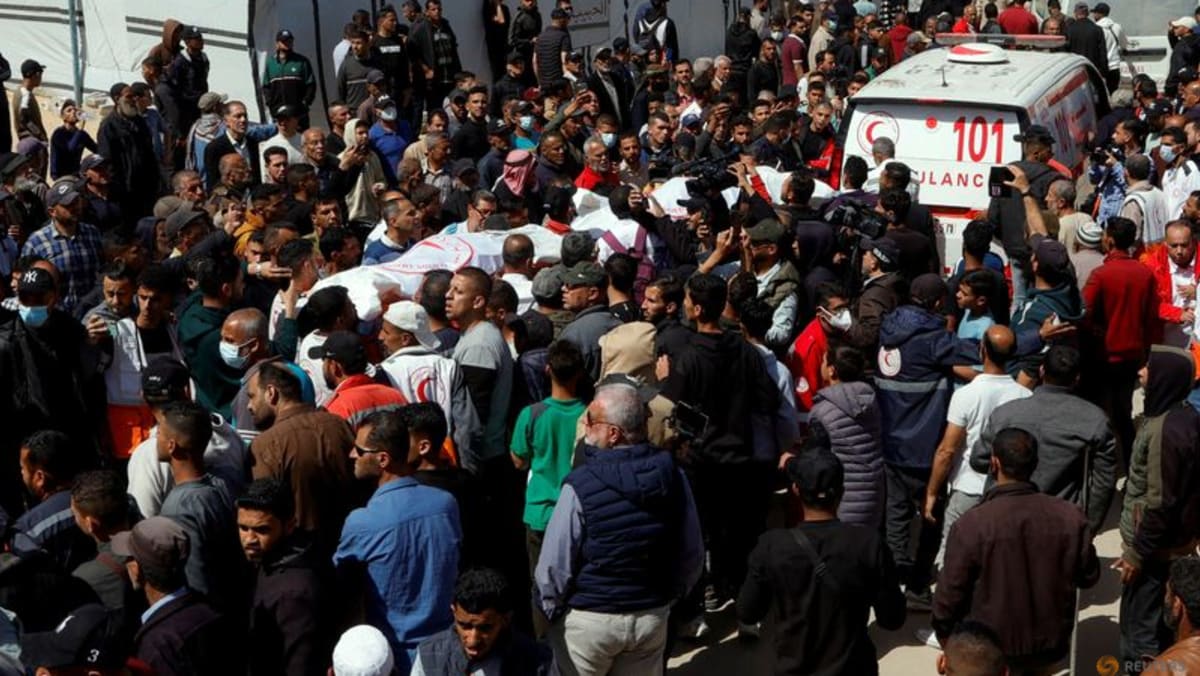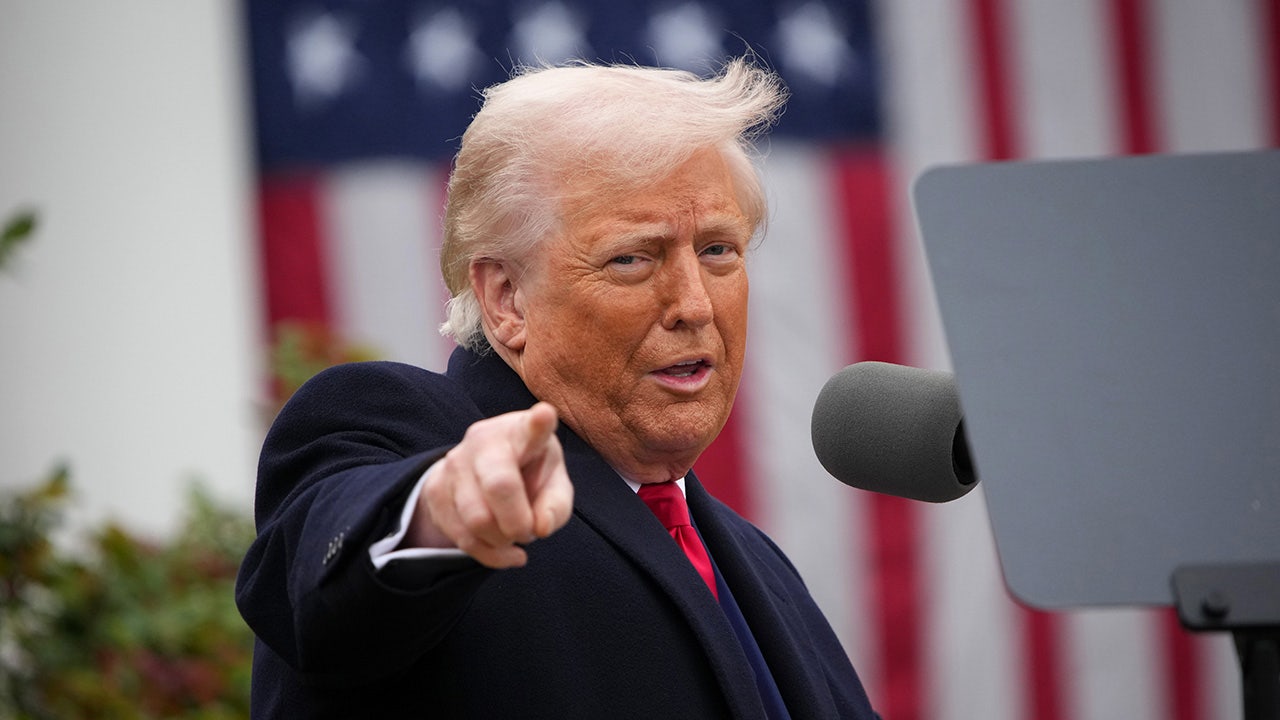After a decade of Modi firmly in power, analysts are waiting to see how the prime minister will reshuffle the seats in his new government, and if he will relinquish key positions to partners in his National Democratic Alliance (NDA) coalition after he failed to win an outright majority for the first time in his political career. But Modi, dressed in a blue jacket and a crisp white kurta, greeted a long line of familiar deputies Sunday, signaling that his third term will probably not change much in terms of personnel, even if he fine-tunes his governing style.
“There was that veneer of continuity: No big, first-line cabinet minister has been benched,” said Shruti Kapila, a professor of history at the University of Cambridge. “But it is very fragile. I don’t think he can push things too much.”
GET CAUGHT UP
Summarized stories to quickly stay informed
The swearing-in ceremony marked a rare accomplishment but also a humbling new reality for the 73-year-old leader of the Hindu nationalist BJP. Modi became only the second Indian prime minister, after Jawaharlal Nehru, India’s founding father, to be elected for three successive terms. But it also marked the beginning of one of the most uncertain periods of his career.
After winning an outright majority in Parliament in 2014 and 2019, Modi consolidated power, sidelined his rivals and built up a cult of personality, with his cabinet ministers regularly pledging fealty to Modi in public and his face adorning ubiquitous billboards and government welfare campaigns.
But election results last week showed that his BJP won only 240 of the 272 seats needed for a majority in the Lok Sabha lower house. For the first time, Modi needed help from his NDA coalition partners, namely Chandrababu Naidu of the Telugu Desam Party and Nitish Kumar of the Janata Dal (United) party, to form a new government.
And as he began power-sharing negotiations behind closed doors last week, Modi already began to strike a more restrained tone in public.
In a nationally televised speech to his coalition partners late Friday, Modi repeatedly referred to the NDA government — a departure from the previous term, when he commonly spoke of the “Modi government.” Often criticized as a leader who only appealed to Hindi-speaking Hindus in north and central India and who marginalized minorities, Modi now described his coalition as representing all of India’s diversity and noted that it also garnered votes from Christians and South Indians.
“I want to thank the people of the country for giving us a majority and assure them that we will leave no stone unturned to take the country forward by consensus,” Modi said. “This is the strongest coalition government in the history of coalition governments.”
Following the swearing-in ceremony, Amit Shah, Modi’s longtime confidant who served as home minister during his previous term, said on X that the NDA government would represent “all-inclusive nationalism.”
The ceremony, held on a sweltering summer evening, was attended by leaders from neighboring South Asian countries, including Bangladesh and Sri Lanka, as well as India’s top business leaders and Bollywood superstars. Key members from Modi’s previous cabinet that renewed their oaths included Shah, Rajnath Singh, Nitin Gadkari, S. Jaishankar and Nirmala Sitharaman, the respective ministers of home, defense, road and highways, external affairs and finance in the last Modi government.
Many analysts are watching whether Modi allies — Shah, in particular — would retain key levers of power, including control over investigative and law enforcement agencies, which opposition parties allege have been misused for the BJP’s political purposes. Another question in the coming days is whether the NDA coalition’s smaller kingmakers will seek to become the Parliamentary speaker, which would leave open the possibility of defecting to the opposition without facing censure and thus holding their leverage over the BJP.




















Discussion about this post